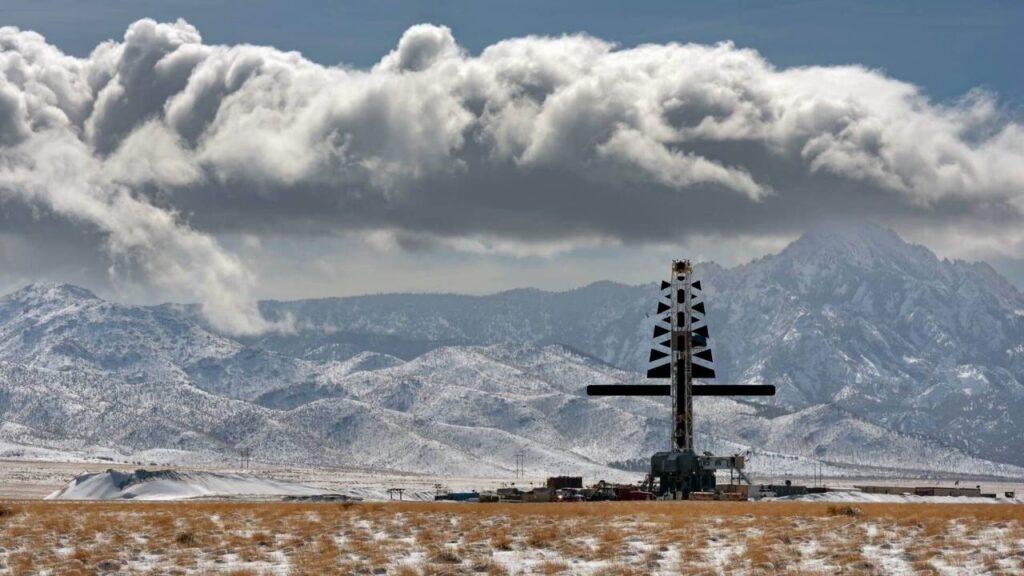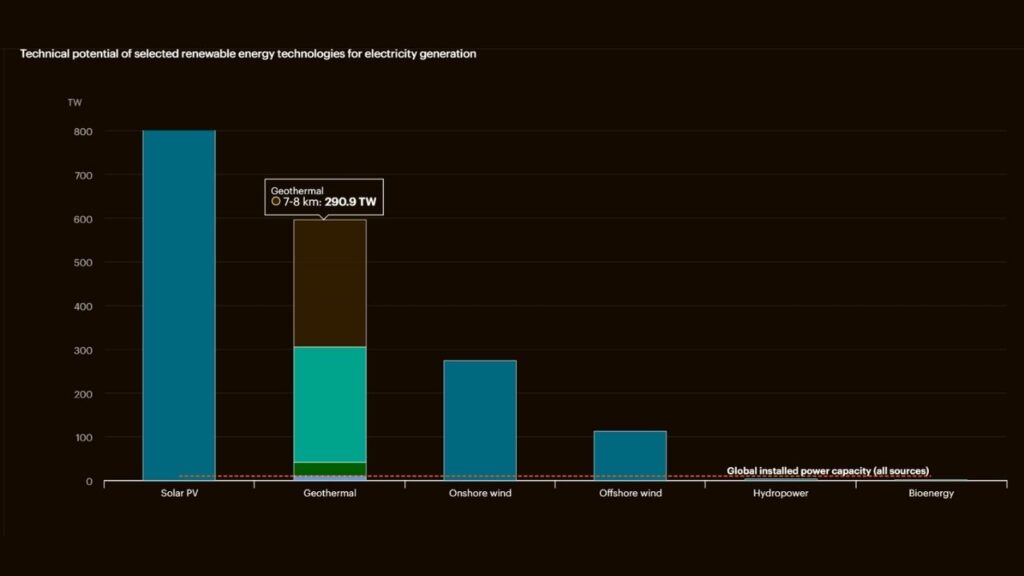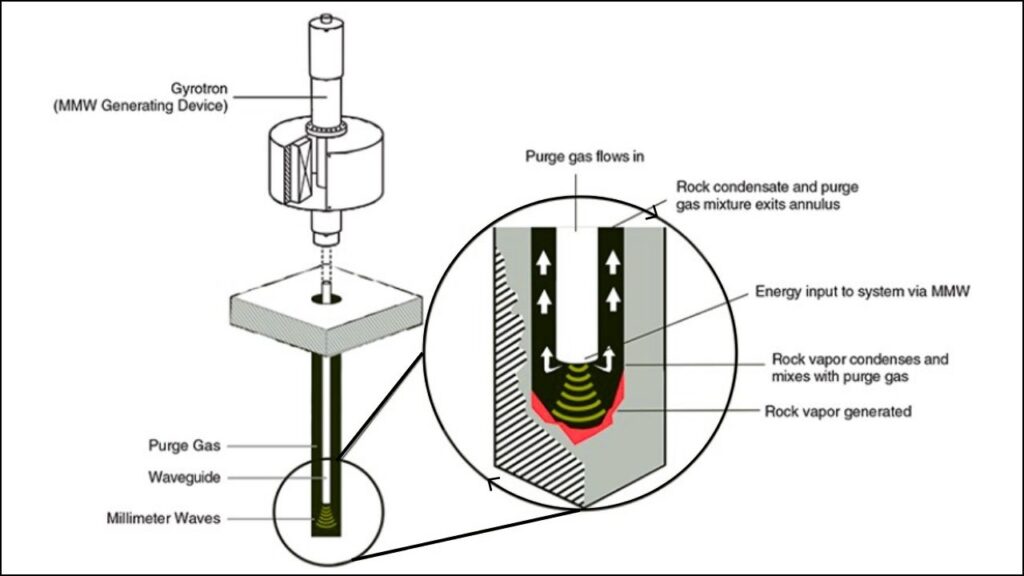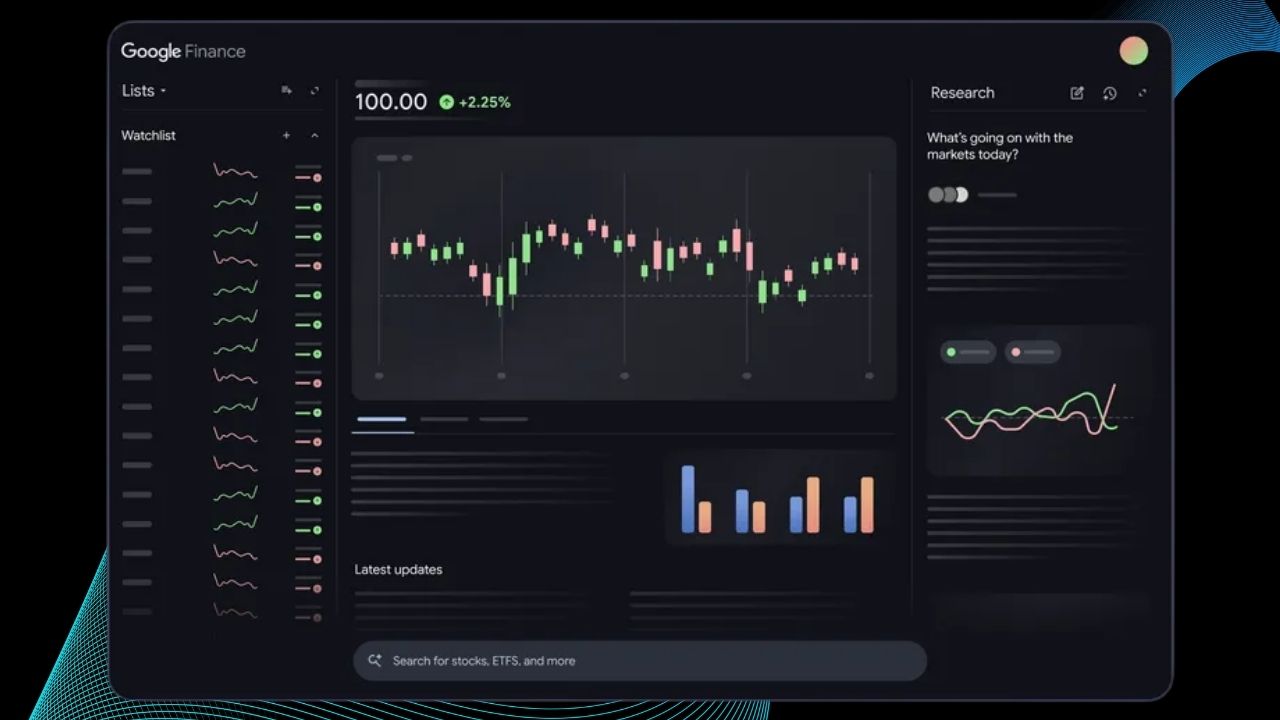Innovative Drill Technology: In recent years, innovative drill technology has emerged as a game-changer in the quest for sustainable energy. By enabling access to deep geothermal resources, these advancements hold the promise of unlocking vast amounts of clean, renewable energy hidden beneath the Earth’s surface. Geothermal energy, which harnesses the planet’s natural heat, has long been a reliable but geographically limited power source. Thanks to breakthroughs in drilling methods, this is rapidly changing, potentially transforming the global energy landscape.

Geothermal energy is unique among renewables because it provides constant, baseload power—meaning it can generate electricity 24/7, unlike solar or wind which depend on weather conditions. However, the main challenge has been the difficulty and cost of drilling deep enough to reach the hot rock formations that contain usable heat. New drilling technologies are overcoming these barriers, making geothermal energy more accessible, affordable, and scalable worldwide.
Innovative Drill Technology
| Aspect | Details |
|---|---|
| Global Geothermal Potential | Could meet global electricity demand 140 times over with next-gen geothermal systems |
| Depths Achieved by New Drills | Up to 12 miles (approx. 20 km) with microwave and laser drilling technologies |
| Drilling Speed Improvements | Up to 79% reduction in drilling time shown by Fervo Energy’s ultra-deep wells |
| Environmental Benefits | Geothermal reduces CO2 emissions by up to 15,000 metric tons annually per project |
| Cost Reduction | Advanced drilling could cut geothermal well costs by 75% and development timelines significantly |
| Career Opportunities | Growing demand for geothermal engineers, drilling specialists, and renewable energy experts |
| Official Resource | International Energy Agency (IEA) – The Future of Geothermal Energy |
Innovative drill technology is unlocking the vast potential of geothermal energy, offering a sustainable, reliable, and scalable solution to the world’s growing energy needs. By drilling deeper and faster with advanced methods like microwave and laser drilling, the geothermal industry is poised for a revolution that could provide clean power to millions of homes and businesses globally. For professionals, this is an exciting time to engage with cutting-edge technologies that blend engineering expertise with environmental stewardship.
What Is Innovative Drill Technology in Geothermal Energy?
Traditional geothermal drilling relies on mechanical rotary drills that grind through rock. These methods are effective but slow, expensive, and limited by extreme heat and pressure at great depths. Innovative drill technologies introduce new methods such as:

- Gyrotron or microwave drilling: Uses high-powered millimeter waves to vaporize rock, enabling drilling at depths up to 12 miles and temperatures exceeding 500°C.
- Laser drilling combined with cryogenic gas: A non-mechanical method that melts and vitrifies rock, creating smooth boreholes ideal for heat exchange.
- Hybrid drilling systems: Combine mechanical and energy-based methods to improve speed, reduce wear, and cut costs.
- Horizontal drilling with real-time electromagnetic mapping: Targets thin, permeable rock layers to maximize heat recovery and well productivity.
These technologies allow access to superhot geothermal resources located deeper than 5 km underground, vastly expanding the regions where geothermal energy can be developed.
Why Does This Matter? The Promise of Geothermal Energy
Geothermal energy is a renewable, sustainable, and reliable power source. Unlike solar and wind, it is not intermittent and can provide continuous electricity and heat. Here’s why innovative drilling matters:
- Global Energy Demand: The world’s electricity demand is growing rapidly. Next-generation geothermal systems have the potential to supply enough power to meet global electricity needs 140 times over.
- Climate Change Mitigation: Geothermal plants emit very low greenhouse gases compared to fossil fuels. Projects have demonstrated CO2 emissions reductions of up to 15,000 metric tons annually per site.
- Energy Security: Geothermal resources are available in nearly every country once deep drilling is possible, reducing dependence on imported fuels and enhancing energy independence.
- Economic Benefits: Faster, cheaper drilling lowers project costs, making geothermal competitive with other renewables and fossil fuels. This can stimulate job creation in drilling, engineering, and renewable energy sectors.
How Does Innovative Drill Technology Work? A Step-by-Step Guide
1. Site Selection and Exploration
Geothermal projects begin with identifying promising locations. Advances in geophysical surveys and subsurface imaging help pinpoint deep heat reservoirs. New drilling tech allows exploration beyond traditional shallow geothermal sites, opening opportunities worldwide.
2. Advanced Drilling Techniques
- Microwave Drilling: High-frequency microwaves concentrate energy to vaporize rock instantly, enabling rapid penetration through hard formations without mechanical abrasion.

- Laser and Cryogenic Gas Drilling: Laser beams melt rock while cryogenic gas cools and vitrifies the borehole walls, preventing cracks and improving durability.
- Hybrid Systems: Combine rotary drills with energy-based methods to optimize speed and reduce equipment wear.
- Horizontal Drilling: Real-time electromagnetic sensors guide the drill laterally through thin, high-permeability layers, maximizing heat extraction.
3. Well Completion and Heat Exchange
Once the well is drilled, it is lined and sealed to create a closed-loop system where water circulates, absorbs heat from the rock, and returns to the surface as steam or hot water to drive turbines or provide heating.
4. Power Generation and Distribution
The geothermal fluid powers turbines connected to generators, producing electricity. Excess heat can also be used for district heating, agriculture, or industrial processes, maximizing energy use.
Real-World Examples of Innovative Drilling Success
- Fervo Energy’s Sugarloaf Well, Utah: Drilled to 15,765 ft (4.8 km) with a bottomhole temperature of 520°F (271°C), the project cut drilling time by 79% compared to traditional methods, demonstrating rapid progress in enhanced geothermal systems (EGS).
- Paris Basin Horizontal Well: Using electromagnetic mapping to drill an 850m horizontal well in thin carbonate layers doubled heat production and supplied energy to 8,000 homes while reducing CO2 emissions by 15,000 metric tons annually.
- EU DeepU Project: Developed laser and cryogenic gas drilling technology to create vitrified, waterproof boreholes, enabling deep geothermal energy extraction in areas previously considered uneconomical.
Practical Advice for Professionals Interested in Geothermal Drilling
- Stay Informed: Follow industry reports and geothermal conferences to keep up with technological advances.
- Develop Skills: Expertise in drilling engineering, geothermal reservoir management, and renewable energy systems is in high demand.
- Collaborate: Engage with multidisciplinary teams including geologists, engineers, and environmental scientists to optimize project outcomes.
- Focus on Sustainability: Prioritize technologies that reduce environmental impact and improve efficiency.
- Explore Funding: Many governments and international agencies offer grants and incentives for geothermal projects.
Johnson & Johnson Reveals Smart Contact Lenses That Push Optical and Material Science Limits
Scientists Develop Breakthrough Copper Composite With Superior Strength and Conductivity
New Quantum Amplifier Could Revolutionize Secure Communications and Signal Detection
FAQs About Innovative Drill Technology
Q1: How deep can the new drilling technologies reach?
A1: Innovative methods like microwave and laser drilling can reach depths up to 12 miles (about 20 km), far deeper than conventional rotary drills.
Q2: Is geothermal energy available everywhere?
A2: With next-generation drilling, geothermal resources become accessible in nearly all countries, not just volcanic regions.
Q3: How does geothermal energy compare to solar and wind?
A3: Geothermal provides constant, baseload power 24/7, unlike solar and wind which depend on weather and daylight.
Q4: Are these drilling technologies expensive?
A4: While initial costs can be high, innovations are reducing drilling expenses by up to 75%, making geothermal more competitive.
Q5: What are the environmental impacts?
A5: Geothermal energy has low emissions and a small land footprint. Advanced drilling reduces waste and environmental disturbance.










